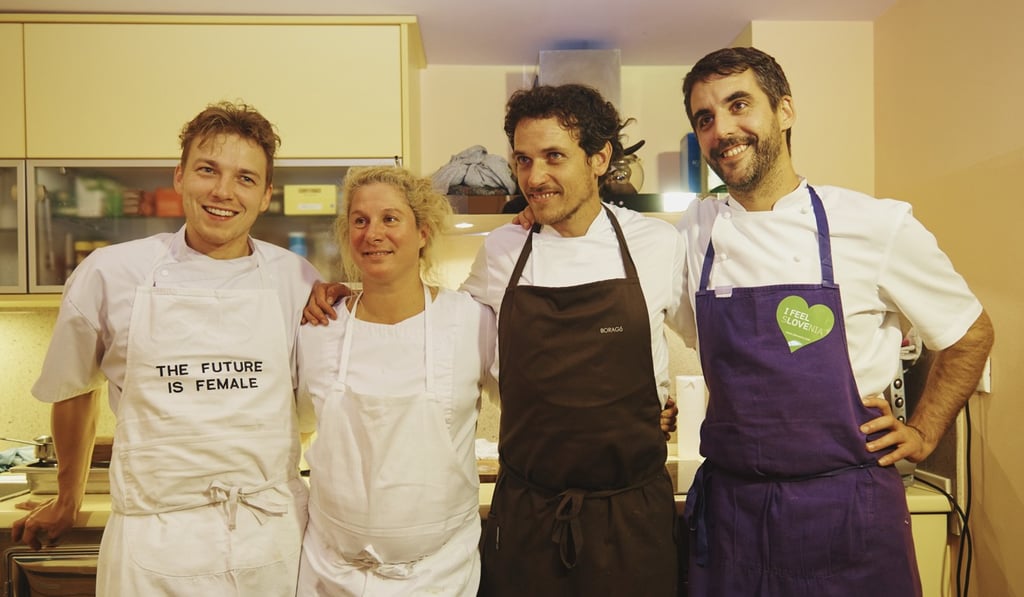Slovenia’s cuisine is set to rival the world’s best
The world’s best female chef is Slovenian, shining the spotlight on Melania Trump’s country of birth
Nestled between Italy, Austria, Hungary and Croatia, and bordered by the Adriatic Sea to the southwest, Slovenia has always been at the crossroads of Central European cultures, and its bounty of unspoiled nature has endowed the nation with amazing biodiversity.

The densely forested landscape is lush and variegated, rippled with mist-capped mountain ranges, and filigreed with networks of sparkling turquoise rivers that snake through the rocky valleys. Driving along the narrow mountain roads feels like flipping through the pages of a fairy tale: you pass fluffy white cows grazing in green pastures, quaint cottages perched on Alpine peaks, and stripe-muzzled badgers that dart out from the woods.
Historically, Slovenian cuisine was based on hearty staples such as game meat, fermented cabbage and polenta. Standards include bean soup flavoured with sauerkraut, and dumplings stuffed with raisins and walnuts, liberally sprinkled with pork cracklings. These days, chefs in the countryside are using traditional themes as the foundation for a style of modern cooking that is bold, experimental, and refreshingly down-to-earth at the same time.
“If a nation needs its own language and culture, it for sure needs its own cuisine, one that expresses its character and way of living,” says chef Matej Tomazic, whose inn, Majerija, houses one of Slovenia’s most famous restaurants.